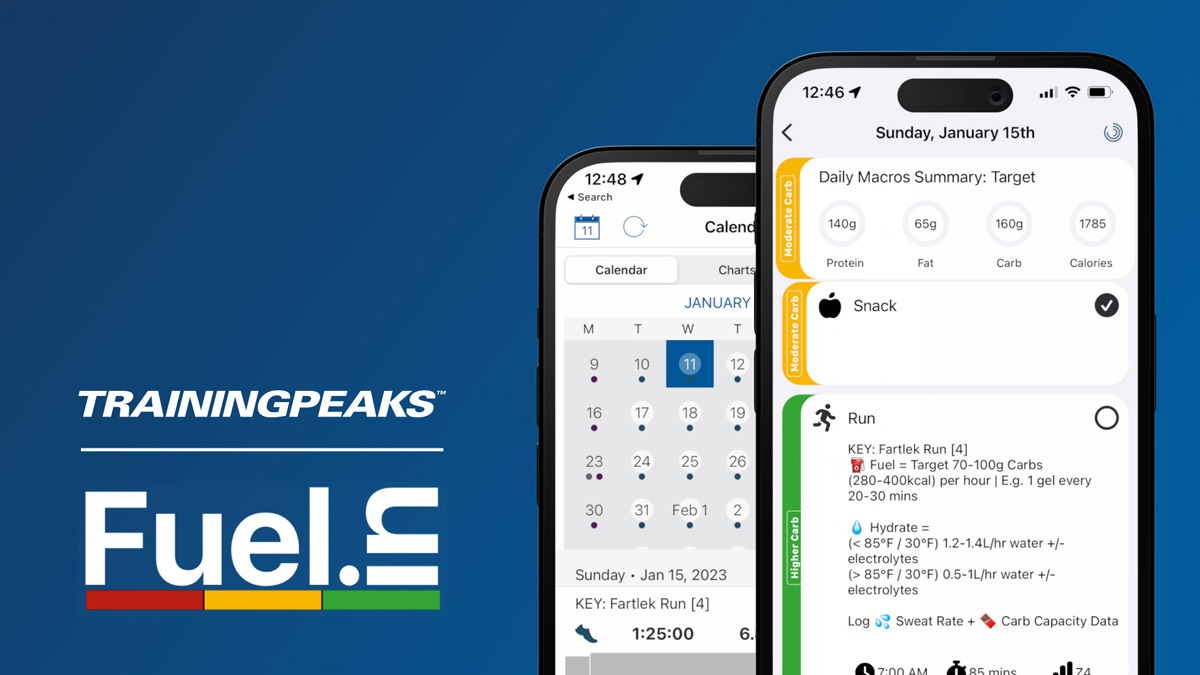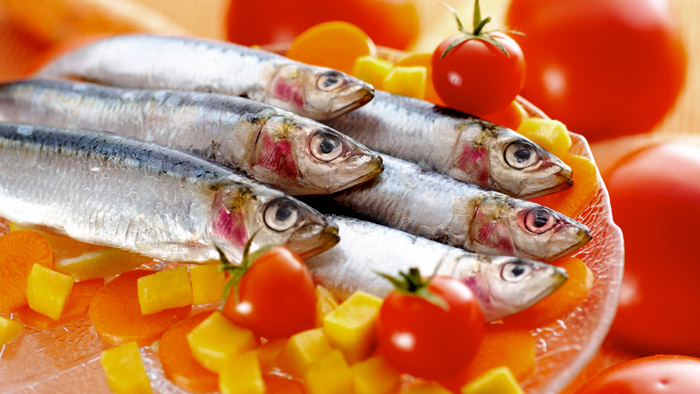It’s true that endurance athletes need carbs to keep them going, but it’s actually fats that provide the long-lasting fuel to power through performance and recovery. The key, though, is consuming the right kind of fats and avoiding the ones that compromise your health.
Just Say No to Seed Oils
In nutrition, it’s silly to label some foods as “good” and others as “bad,” as moderation in all things is a solid yardstick. As a recent Wall Street Journal article shared, having a balanced approach to eating helps families enforce positive, lifelong attitudes to eating. There is an exception to this rule, though, when it comes to fueling with fat: seed oils.
Thanks to clever marketing, my parent’s generation became convinced that red meat and dairy products cause heart disease, eggs are bad for you, and vegetable oils are healthy. As a result, highly processed oils and margarine became staples in many homes.
We’re now discovering that these claims were exaggerated or downright false. In fact, it’s seed oils (most have nothing to do with veggies), excess sugar, and sedentary lifestyles that are the real culprits for rising rates of metabolic, cardiovascular, and neurological diseases.
Part of the problem is the way these oils are processed. They’re typically exposed to pressure and high heat, and then often refined using hexanes and other harmful chemicals. This changes their structure on a chemical level, turning some of them into trans fats.
Understanding Trans Fats and PUFAs
Trans fats alter hormone production and compromise heart health by raising LDL cholesterol and lowering HDL. According to a study published in the American Journal of Clinical Nutrition, they also cause systemic inflammation.
Seed oils also contain high levels of polyunsaturated fatty acids (PUFAs). These fats are unstable, meaning that when they reach a certain temperature, they begin to oxidize. This oxidation releases free radicals that can cause cellular damage and wreak havoc on the immune system.
Getting some PUFAs is OK (and desirable when they’re in small quantities from nuts and seeds, but high levels cause inflammation in the joints, gut, and brain. They also disrupt energy metabolism and may even increase cancer risk, per research consolidated by Dr. Cate Shanahan.
She came up with a Hateful Eight list of oils to eliminate from your diet, including canola, corn, cottonseed, sunflower, safflower, soy, grapeseed, and rice bran oils.
Healthy Fats to Include in Your Diet
Healthy fats are an important part of any athlete’s diet, but they’re especially important for endurance athletes. That’s because these fats deliver slow-burning fuel, contribute to joint, cell, and brain health, and help your muscles and connective tissues stay resilient.
Including the following foods in your diet provides your body with the fats it needs.
1. Oily Fish
Oily fish is one of the best ways to get more omega-3 in your diet. While plant-derived sources (such as flax, chia seeds and walnuts) have some benefits, only a small percentage of whatever’s listed on the label is actually usable because they’re not highly bioavailable.
That’s why oily fish (such as salmon, sardines, mackerel, herring, and trout) are your best bets for omega-3. Wild-caught fish are the healthiest and most sustainable option.
2. Free-Range Eggs
While long demonized by supposed “health” authorities, eggs are actually good for you. And although the fat-fearing movement in the ‘80s prioritized the protein in the whites, a lot of the healthy fat is actually in the yolks — so it’s ok to eat the whole egg!
Egg yolks also contain lutein and zeaxanthin, which promote eye health, nervous system regulator choline, and fat-soluble Vitamins A, D, E, and K.
A free-range organic option often has richer yolks containing more omega-3 due to the chickens’ pasture grazing diet.
3. Grass-Fed Beef
Another heart-health myth is that red meat is bad for you. But in reality, grass-fed beef or bison is one of the most nutritionally complete foods you can eat, giving you fat, protein, and minerals like iron, zinc, potassium and B vitamins.
Going grass-fed increases the amount of inflammation-fighting EPA and DHA with up to six times more omega-3s than factory-farmed varieties. It also increases the number of micronutrients, such as Vitamin E. Choosing organic options further eliminates pesticides, hormones, and antibiotics.
4. Organic Dairy
Saturated fat used to be viewed as the villain, which demonized dairy. But organic butter, milk, and cheese actually provide plenty of long-lasting fuel via fat, protein, and bone-protecting calcium.
As with meat, getting grass-fed dairy is going to give you a better nutritional profile. A University of Minnesota article stated that grass-fed milk’s ratio of omega-6 to omega-3 was almost 1:1, versus 5.7:1 for conventional milk.
Bonus points if you can fit in some fermented dairy like kefir or Greek yogurt, as the probiotics in these foods promote gut health.
5. Avocado, Olive, Macadamia, and Coconut Oils
If it seems like eliminating the Hateful Eight seed oils leaves you nothing to cook with, don’t worry. Olive, avocado, macadamia, and/or coconut oils make great alternatives, along with grass-fed butter.
Olive oil is good for anything up to 400 degrees, while avocado oil is best suited for use in your skillet due to its higher smoke point. Macadamia and peanut oils provide flavorful alternatives, while coconut oil is great for baking.
Fueling the right way with fat isn’t complicated once you understand what foods to include and avoid. Minimize seeds oils as much as you can (or cut them out completely), and use olive, coconut, or avocado oils instead.
For mealtimes, get your fat fix with organic, free-range eggs, grass-fed meats and dairy, and wild-caught oily fish. And when you snack, combine your usual carbs with nuts and seeds for a sixth fat source packed full of micronutrients.
Once you get your fats on track, get ready to feel better during your run, bike, or swim with higher, long-lasting energy levels.
References
Heins, B. (2021). Grass-fed cows produce healthier milk. Retrieved from https://extension.umn.edu/pasture-based-dairy/grass-fed-cows-produce-healthier-milk
Mozaffarian, D. et al. (2004, April). Dietary intake of trans fatty acids and systemic inflammation in women. Retrieved from https://pubmed.ncbi.nlm.nih.gov/15051604/
Shanahan, C. (2020, September 3). PUFA-Project: Scientific References on Seed Oil Toxicity. Retrieved from https://drcate.com/pufa-project/
Toy, S. (2023, February 26). Cake Could Be the Secret to Teaching Children About Healthy-Eating Habits. Retrieved from https://www.wsj.com/articles/cake-could-be-the-secret-to-teaching-kids-about-healthy-eating-habits-c4947362?st=3srhi1xwb4qkkhw&reflink=article_email_share









